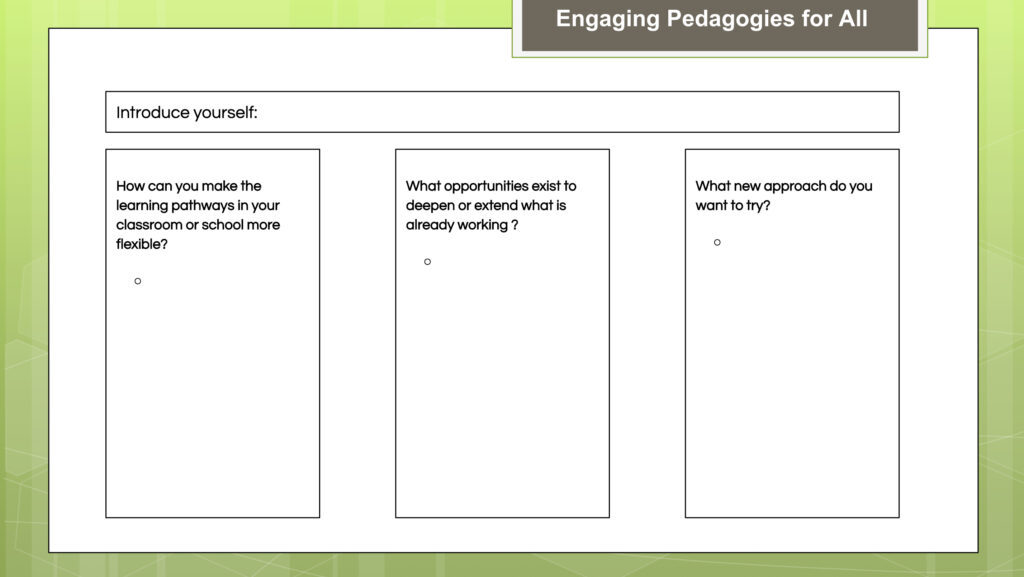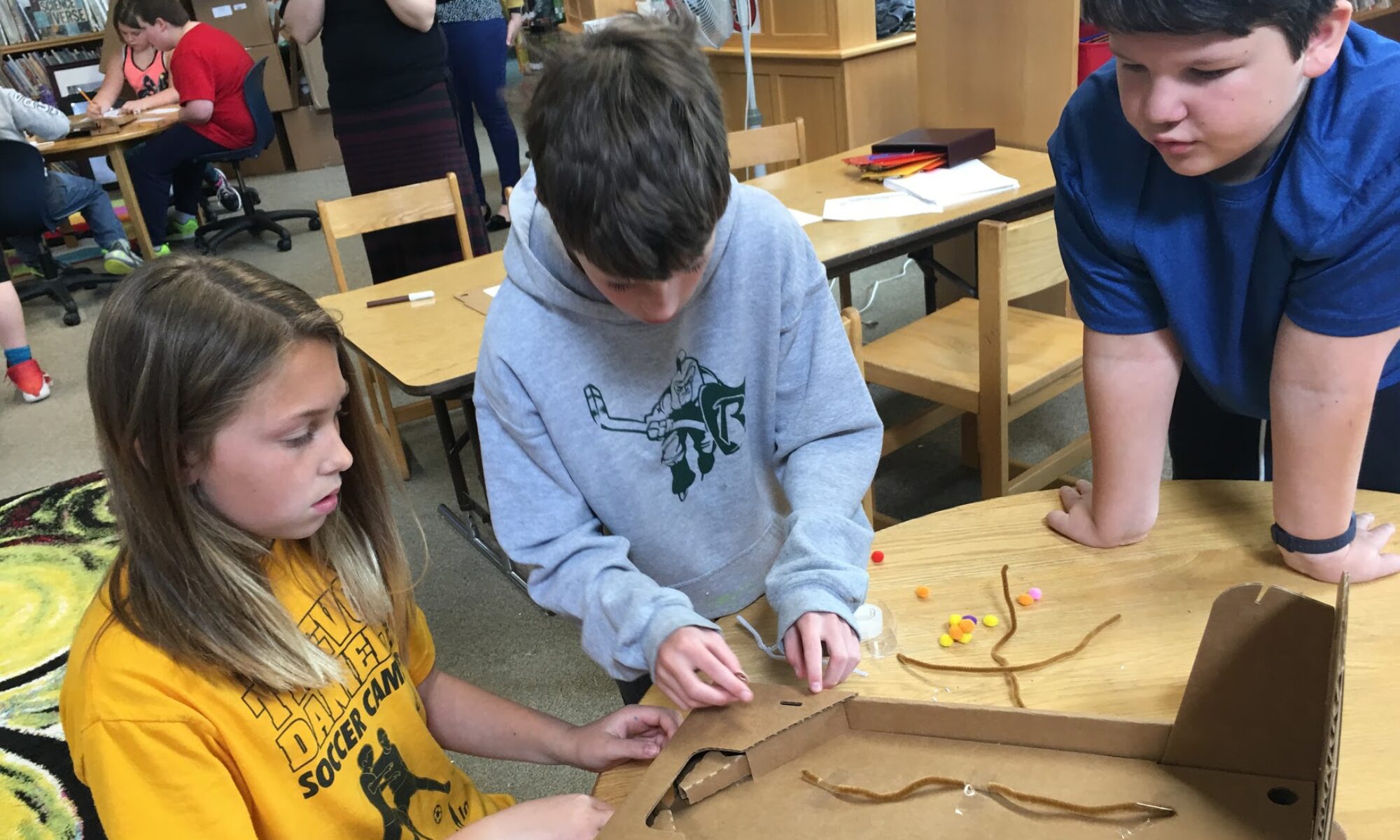OK, so middle school students crave personally meaningful and engaging learning experiences. How do we create these? Ta-da, featuring a non-exclusive list of strategies and practices designed to do just that. Please add your own in the comments and let us know what we’ve missed!
Project-based learning
In Project-based learning, students identify a question they want to answer and then collaboratively construct a solution over an extended period of time. They wrap it up by presenting it to real-world stakeholders. We’ve got a PBL tool kit for you about this strategy with loads of examples in practice.
For instance, at the Burke Town School, in Burke VT, middle school students took on a project-based learning project by which they could connect more deeply with the community. The problem they identified in their world was a need for this deeper connection. And the method they employed was for each student to identify someone meaningful in their lives, and interview that person. Then the students sat and drew that person.
The town hosted all the resulting artwork and interviews at a local café/gallery. Yes, there was an exhibition, and yes, nearly the entire town showed up to celebrate the students’ work.
Service learning
Service learning is about connecting community strengths and needs with the interests and skills of students in order to improve something. How can service learning can engage students deeply and lead to personal growth? Well, yep, we’ve got a toolkit for that too. With examples and even a template for creating your own service learning plans. The key? Start with the assets of your school and community, and go from there.
At The Cabot School, in Cabot VT, students choose jobs that benefit their school community, and work hard at those jobs all year long. Some jobs are on campus, such as ice rink maintenance, kitchen help, or gardening. But a handful of students also venture out into the larger community, with a yearlong service learning project that takes them to Molly Brook Farm, a nearby organic dairy. Molly Brook Farm is more than 100 years old, and the proprietors are more than happy to teach students the ropes of not just dairy farming, but economics, physics, chemistry and biology. There’s a whole lot of learning in each cow.
Maker-centered learning
Students creating. Making. Designing. Solving the world’s biggest problems. Maker-centered learning can be a fabulous way to engage students. And yes, you guessed it, we have a toolkit for that too, full of resources for you.
At The Ottauquechee School, in Quechee VT, students spend their time learning making in the school library. Led by the librarian and the school principal, students at Ottauquechee have been thinking about making through the lens of sustainability and ecology. With different sessions geared to different grade levels, the outcome remains the same: students reflect on who they are and what they like to explore in this hands-on environment.
Food for thought
Project-based learning, service learning, maker-centered learning, genius hours, passion projects, creativity projects! It’s hard to keep it all straight! No matter, all are great examples of engaging learning for young adolescents. Call it what you want, but schools are finding great success by letting students lead the way based on their own interests. These independent– but educator and community-supported– efforts can engage students and help them find flexible pathways and career possibilities.
Now tell us
Take a moment to introduce yourself and tell us about what you are thinking.
- How can you make the learning pathways in your classroom or school more flexible?
- What opportunities exist to deepen or extend what is already working ?
- What new approach do you want to try?
Click here to share your thoughts!

